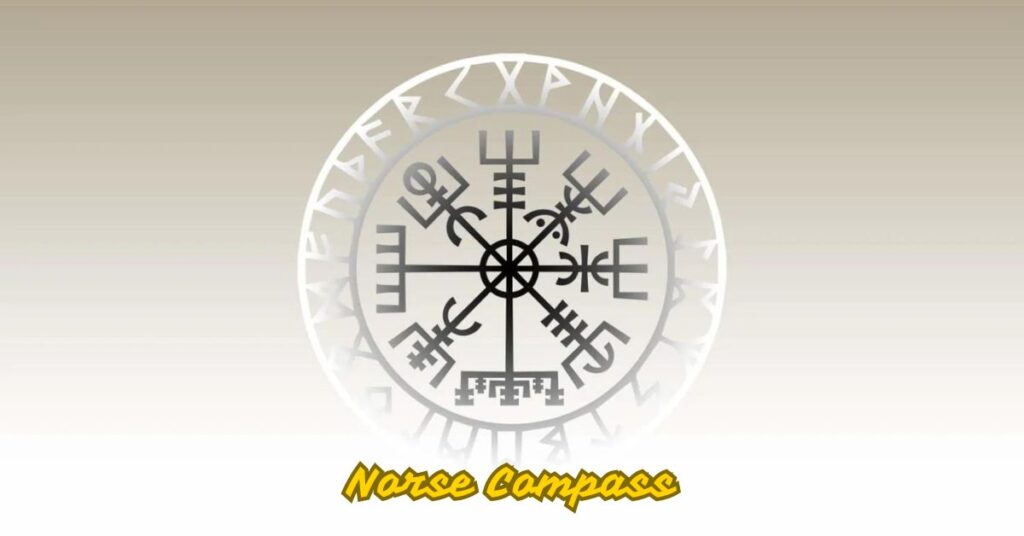The Norse compass, also known as the Vegvísir, holds deep cultural and symbolic significance within Norse mythology and Scandinavian folklore. This article explores the history, symbolism, and modern interpretations of the Norse compass, shedding light on its mystical allure and enduring relevance.
Introduction to the Norse Compass
Historical Origins
The Vegvísir, translated from Old Norse as “guidepost” or “direction sign,” is a symbol believed to have originated in Iceland during the medieval period. It is mentioned in several Icelandic grimoires and manuscripts, where it is described as a magical stave or runic symbol used for navigation and protection.
Symbolic Meaning
The Norse compass symbolizes guidance, protection, and finding one’s way through life’s challenges. It was traditionally believed to help travelers find their way even in stormy or unfamiliar seas, serving as a spiritual compass for navigating both physical and metaphorical journeys.
Design and Interpretations
Visual Representation
The Vegvísir typically consists of a circular shape with multiple intersecting lines or staves radiating from a central point. It resembles a compass rose or a wheel, with intricate runic symbols inscribed within its design.
Runic Inscriptions
Within the Norse compass, various runic symbols are often included, each carrying its own significance:
- Algiz (ᛉ): Represents protection and defense against harm.
- Ár (ᛅ): Symbolizes good seasons, fertility, and abundance.
- Raido (ᚱ): Signifies journey, travel, and safe passage.
- Sowilo (ᛋ): Represents the sun and victory, bringing positive energy and guidance.
Cultural and Spiritual Significance
Protective Talisman
In Norse culture, the Vegvísir is regarded as a powerful protective talisman. It is believed to ward off negative forces, misfortune, and bad luck, ensuring the bearer’s safety and well-being on their life’s journey.
Connection to Norse Mythology
The Vegvísir is often associated with Norse mythology and the concept of fate or destiny (Wyrd). It reflects the ancient Norse belief in the interconnectedness of life and the guidance provided by spiritual symbols in navigating life’s challenges.
Modern Interpretations and Usage
Contemporary Appeal
In modern times, the Norse compass has gained popularity beyond Scandinavia as a symbol of adventure, resilience, and spiritual guidance. It is often used in tattoos, jewelry, and decorative art, reflecting its timeless appeal and enduring relevance.
Cultural Heritage
The Vegvísir continues to resonate with individuals of Norse descent and those fascinated by Viking history and mythology. It serves as a tangible link to ancient traditions and beliefs, preserving cultural heritage and promoting a deeper understanding of Norse symbolism.
Conclusion
The Norse compass, or Vegvísir, remains a captivating symbol of guidance, protection, and spiritual wisdom rooted in Norse mythology and Scandinavian folklore. Whether viewed as a mystical tool for navigation or a symbolic representation of life’s journey, the Vegvísir continues to inspire awe and reverence, offering a glimpse into the rich cultural tapestry of the Norse heritage.







